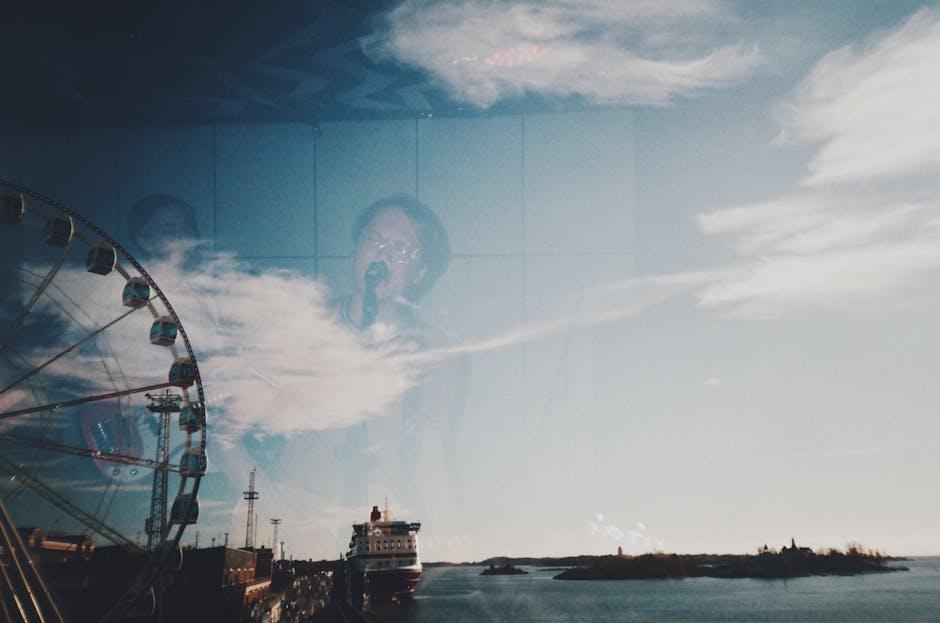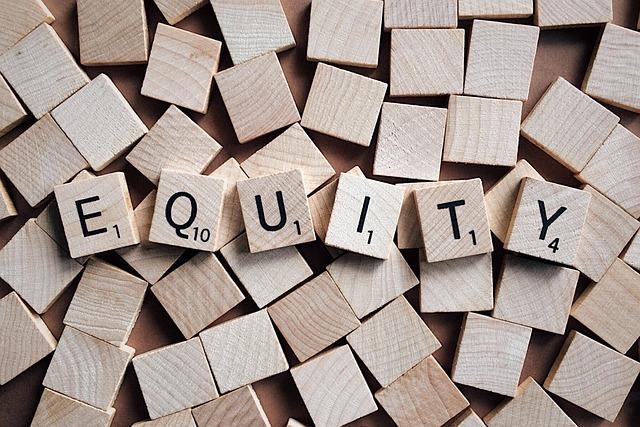Lights dim, the screen flickers to life, and the audience collectively holds its breath. Film festivals are the grand stages where cinematic dreams take flight, a kaleidoscope of stories that transcend borders and cultures. They are the sacred temples where auteurs and novices alike gather, their creations vying for that elusive nod of approval. Yet, amid the glitz and glamour, a question simmers beneath the surface, whispered in the corridors and debated in hushed tones: ?
As the golden age of cinema continues to evolve, this question becomes ever more pertinent. In a world where storytelling is as diverse as humanity itself, do some narratives shine brighter under the festival spotlight? Or do others, equally compelling, languish in the shadows, overlooked by the curators of taste and trend?
Join us as we embark on an optimistic exploration of this fascinating conundrum. We’ll delve into the heart of film festivals, peeling back layers of tradition and innovation, and celebrating the rich tapestry of genres and styles that strive for recognition. Together, we’ll uncover whether the magic of cinema is truly universal or if the festival stage holds an unspoken preference.
Exploring Genre Diversity: A Deep Dive into Film Festival Selections
Film festivals often present a rich tapestry of cinematic storytelling, offering a platform for diverse voices and perspectives. However, there is an ongoing debate about whether these festivals show a preference for certain genres or styles of filmmaking. While some argue that dramas and arthouse films dominate the spotlight, it’s essential to recognize the evolving landscape of festival selections.
Consider the following genres and styles that have recently gained traction:
Documentaries: With their powerful narratives and real-world impact, documentaries are carving out a significant space.
Animated Films: Once sidelined, these visual masterpieces now often receive critical acclaim.
Genre Films: Horror, sci-fi, and fantasy are increasingly featured, reflecting a broader acceptance of varied storytelling techniques.
Experimental Cinema: Avant-garde films challenge traditional norms, pushing the boundaries of visual and auditory expression.
The rise of these diverse categories suggests a more inclusive approach, indicating that film festivals are gradually embracing a wider array of cinematic forms. This shift not only enriches the festival experience but also paves the way for innovative storytelling.
Unmasking Bias: How Festival Trends Shape Filmmaking Futures
In the kaleidoscopic world of film festivals, there’s an undeniable allure towards certain genres and styles that often captures the limelight. This phenomenon can significantly influence the trajectory of filmmaking, driving creatives to tailor their narratives and aesthetics to align with these favored trends. Festivals like Sundance and Cannes, for instance, frequently celebrate independent, avant-garde, and socially conscious films, prompting a surge in productions that embrace these themes.
Consider the implications of this bias. It creates a fertile ground for innovation and diversity, pushing filmmakers to explore new narrative structures and bold visual storytelling. However, it also raises the question of whether certain genres, like mainstream blockbusters or genre-specific films (e.g., horror or sci-fi), might be overshadowed. The festival circuit’s preference can act as both a spotlight and a shadow, guiding the future of cinema while potentially sidelining equally deserving styles. By understanding these dynamics, filmmakers can strategically navigate the festival landscape, ensuring their unique voices resonate amidst the prevailing trends.

Celebrating All Voices: Ensuring Equitable Representation in Film Festivals
Film festivals have long been revered as a beacon for artistic expression, yet a closer look reveals that certain genres and styles often dominate the spotlight. Independent filmmakers and documentary creators frequently find themselves overshadowed by more commercially viable genres such as drama and romance. This trend raises important questions about the inclusivity of these events.
To ensure a richer tapestry of storytelling, it’s crucial to embrace a diverse range of voices and perspectives. Here are some ways to foster a more equitable representation:
- Curatorial Diversity: Bringing in curators from varied backgrounds can introduce fresh, underrepresented narratives.
- Genre-Specific Categories: Creating categories for niche genres like experimental films or animated shorts can give them the attention they deserve.
- Audience Engagement: Encouraging festival-goers to vote for their favorite films can democratize the selection process.
By implementing these strategies, film festivals can evolve into platforms that truly celebrate all voices, offering a richer, more inclusive cinematic experience for everyone involved.

Breaking Barriers: Strategies for a More Inclusive Festival Circuit
The world of film festivals often showcases a dazzling array of cinematic masterpieces, but beneath the glamour, some filmmakers argue that certain genres or styles are favored over others. To foster a more inclusive festival circuit, it’s crucial to explore strategies that can break down these barriers.
- Diverse Programming Committees: By assembling a selection team with varied backgrounds and tastes, festivals can ensure a broader spectrum of films are given fair consideration.
- Genre-Specific Showcases: Hosting dedicated segments for underrepresented genres like experimental films, documentaries, or animated features can provide a platform for diverse storytelling.
- Community Engagement: Involving local communities in the selection process and encouraging audience feedback can help identify and promote films that might otherwise be overlooked.
Embracing these strategies not only enriches the festival experience but also amplifies the voices of filmmakers from all walks of life, ensuring that every story has a chance to shine.































